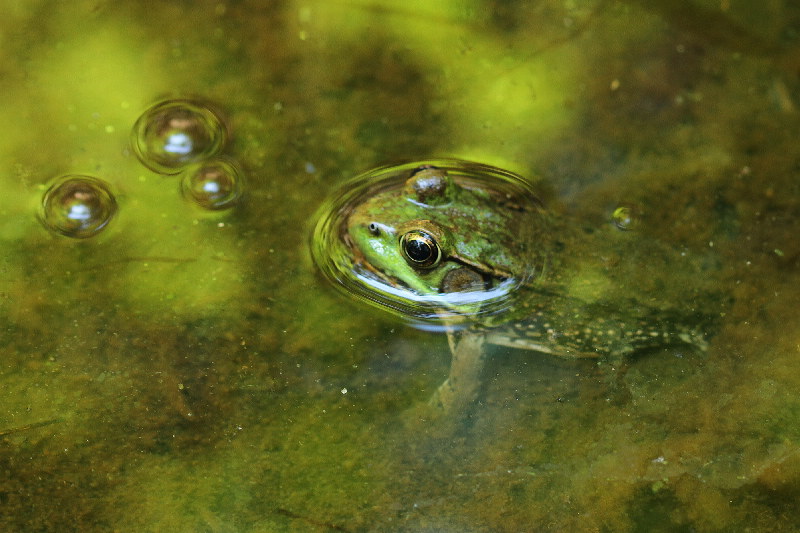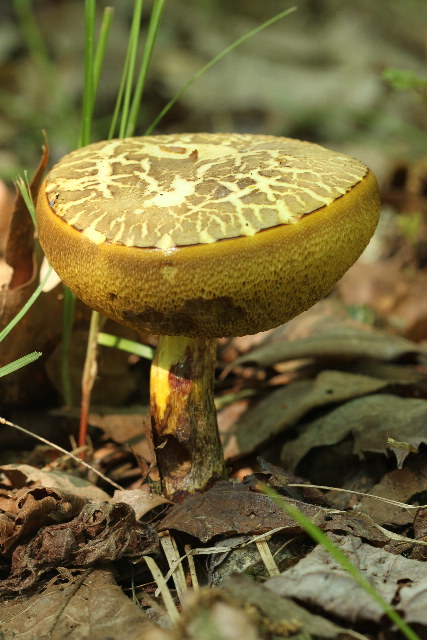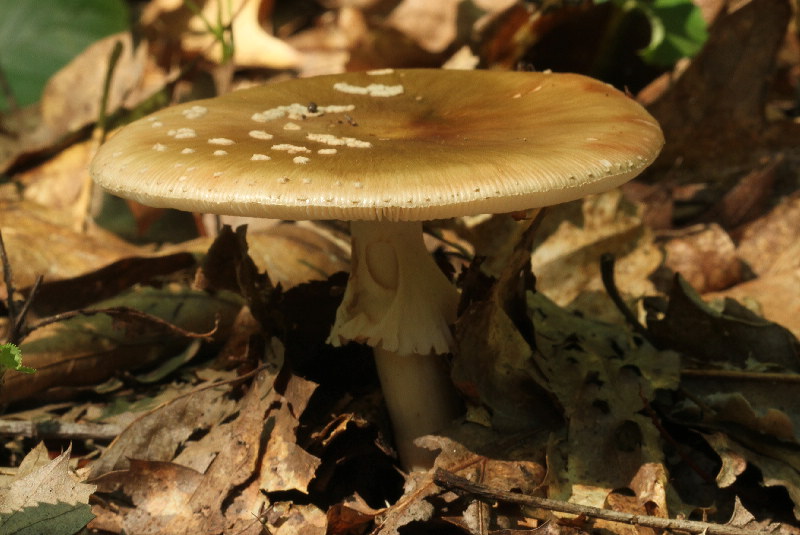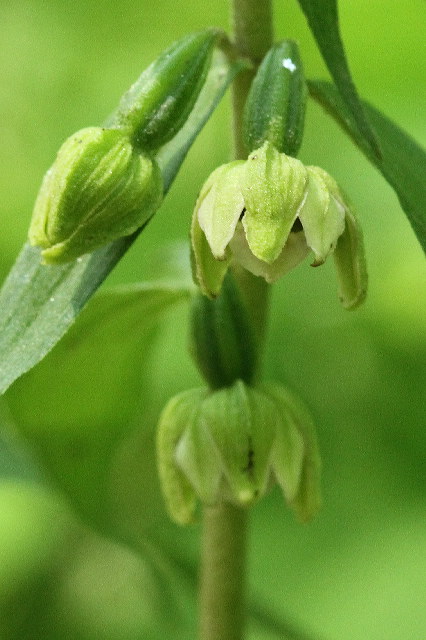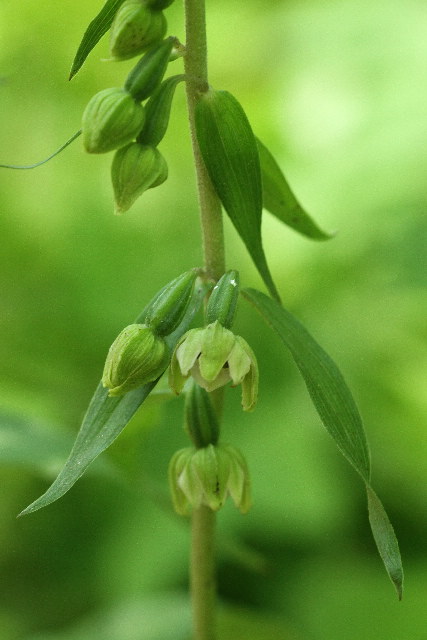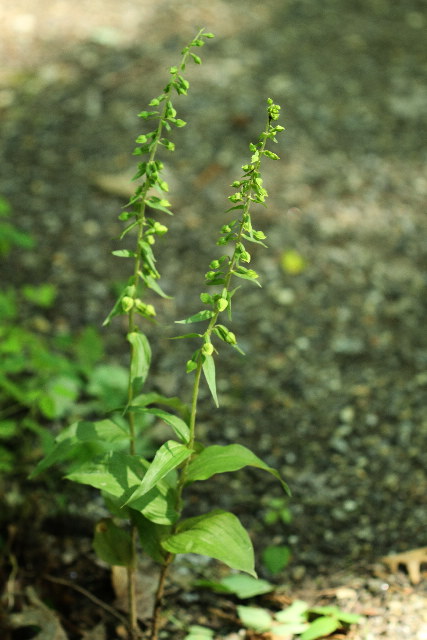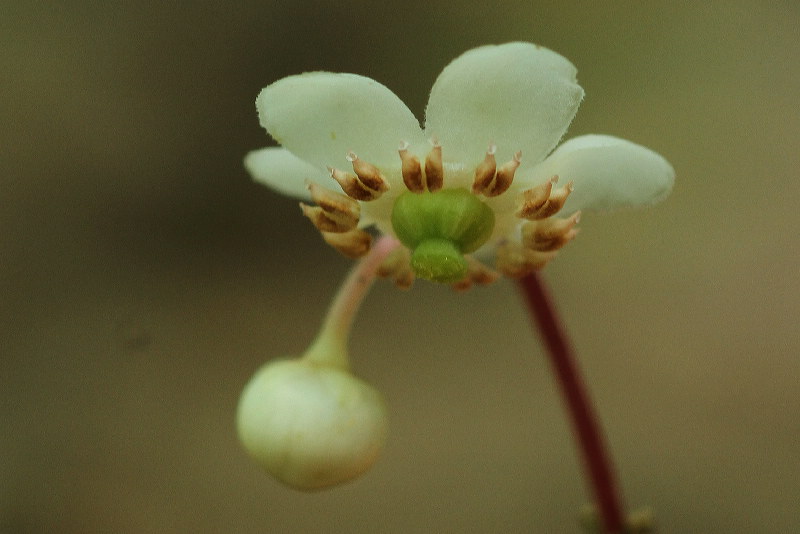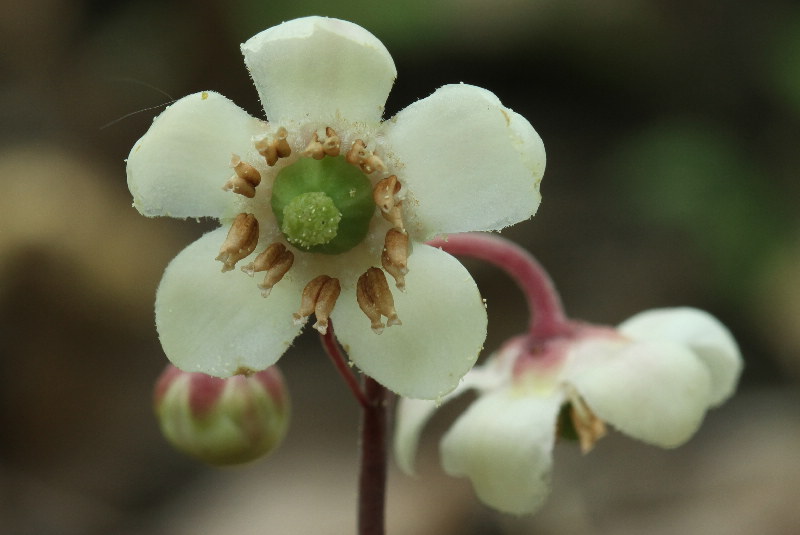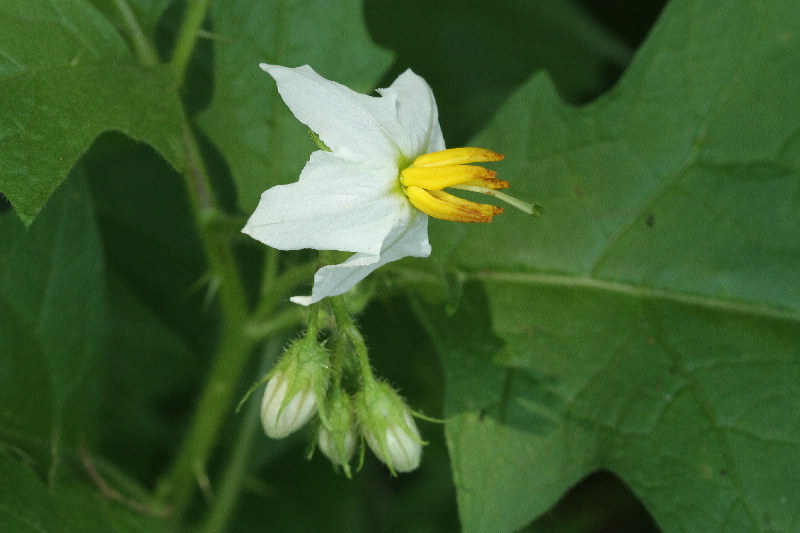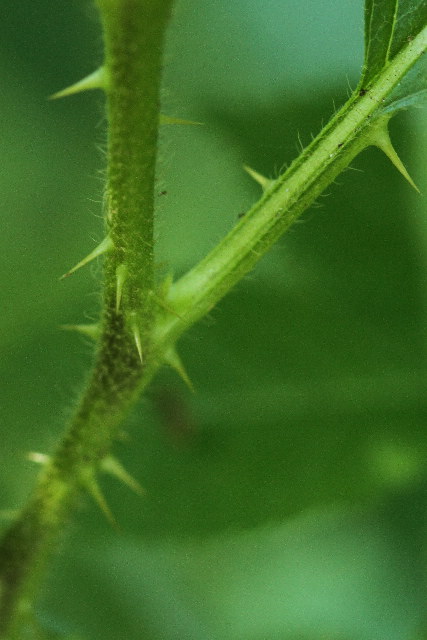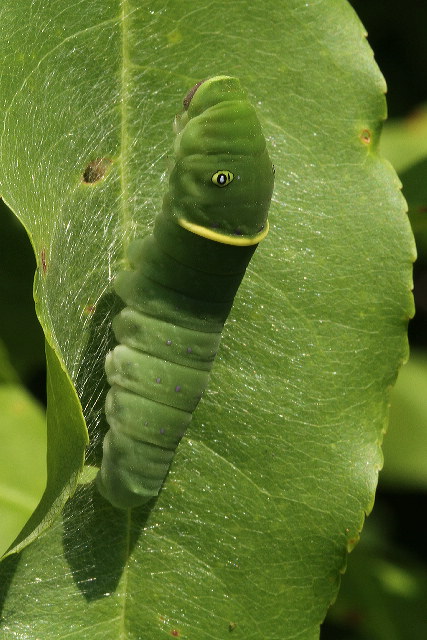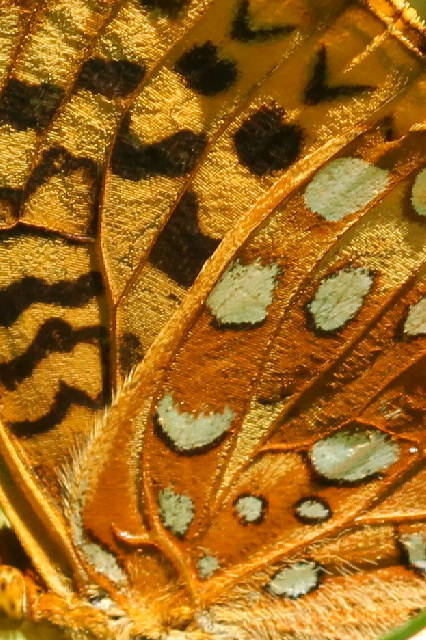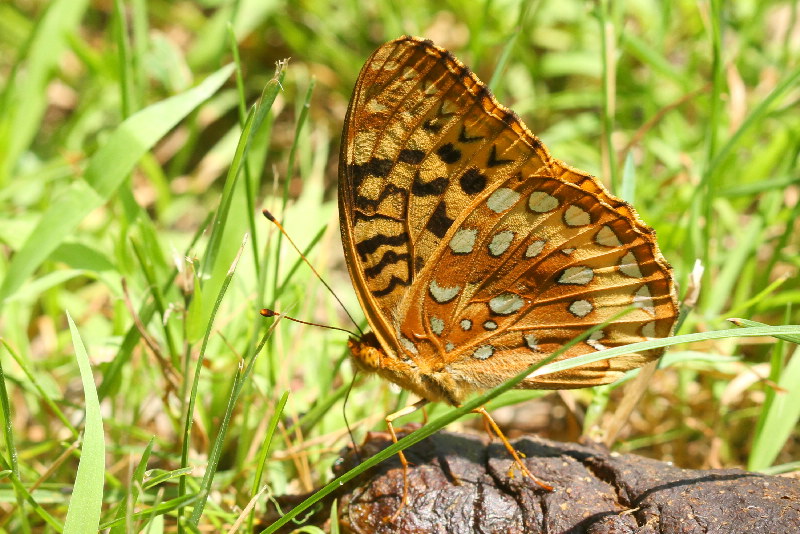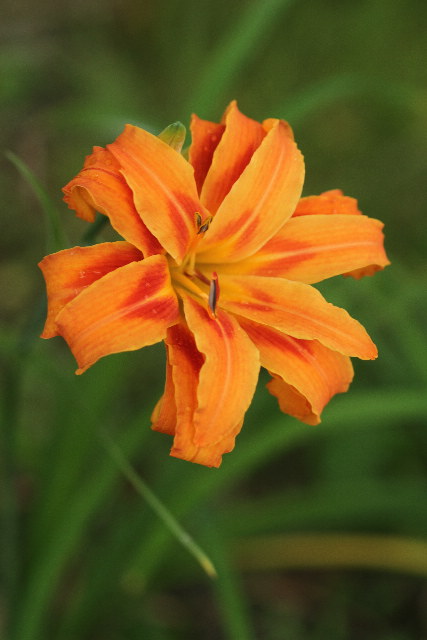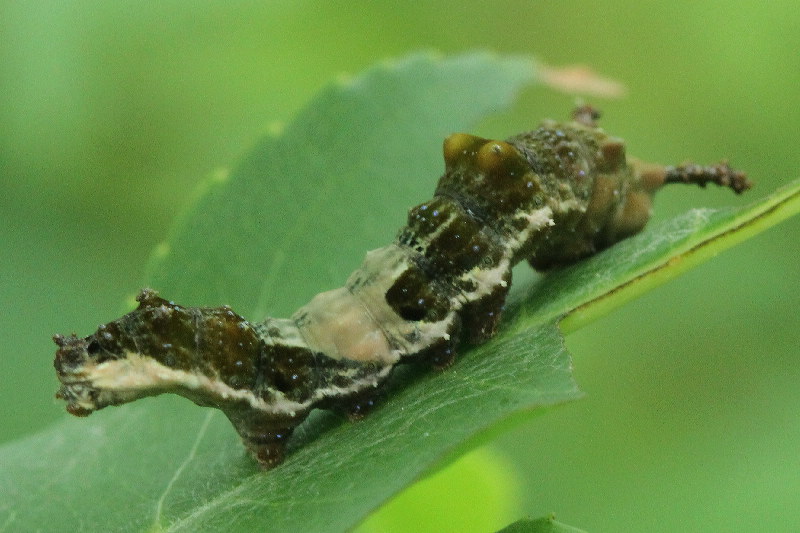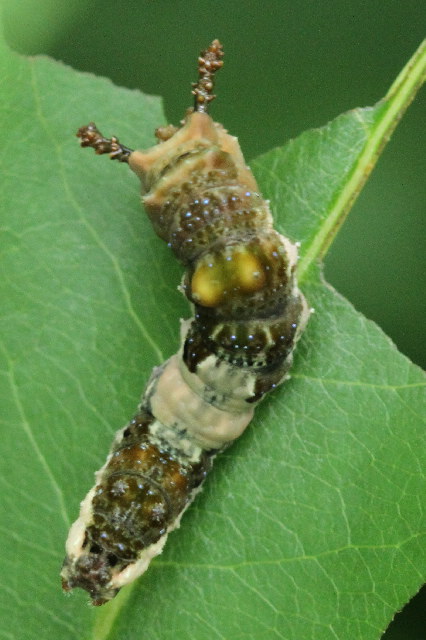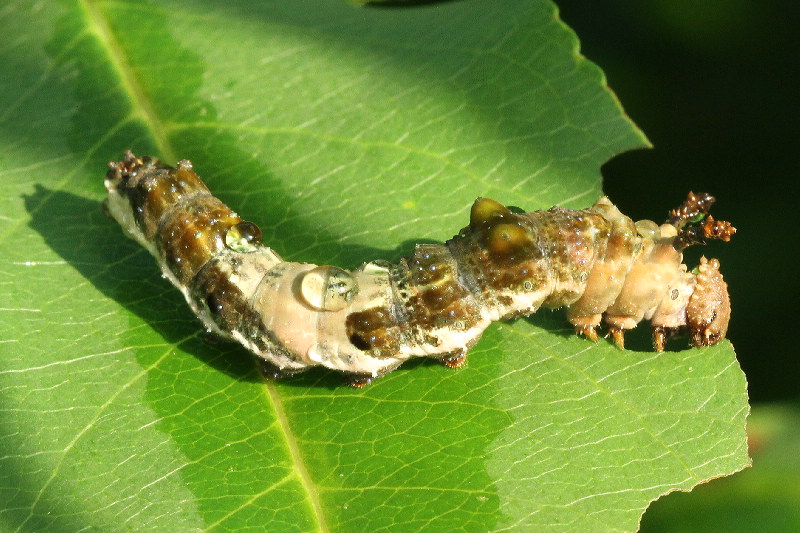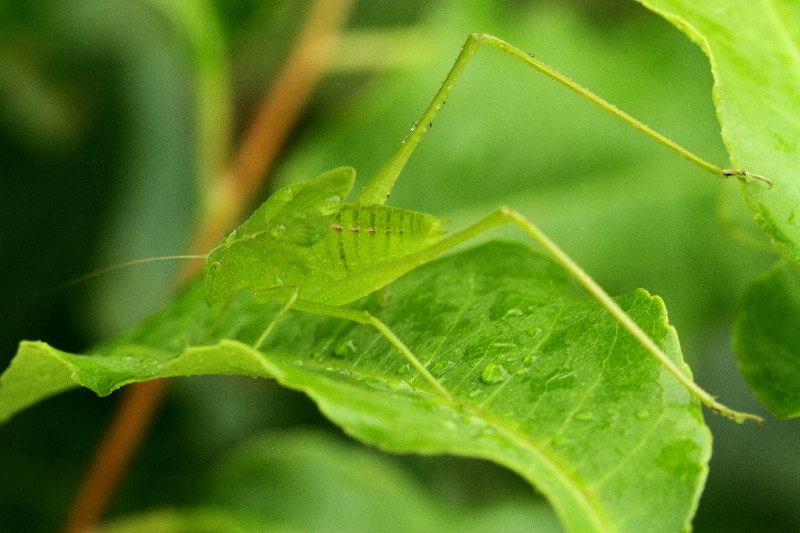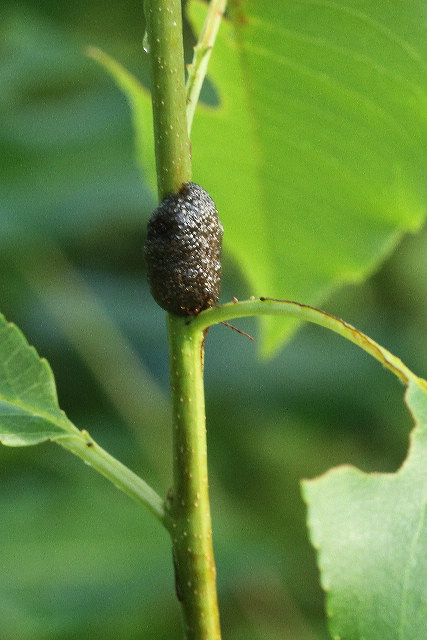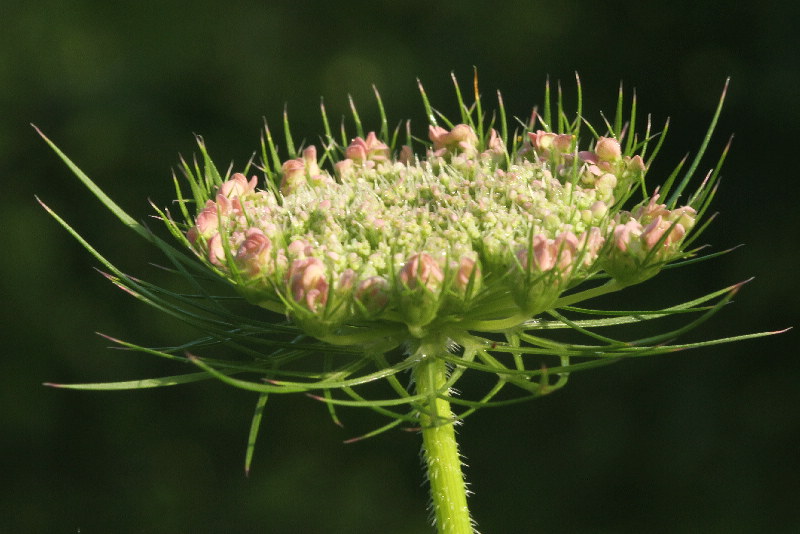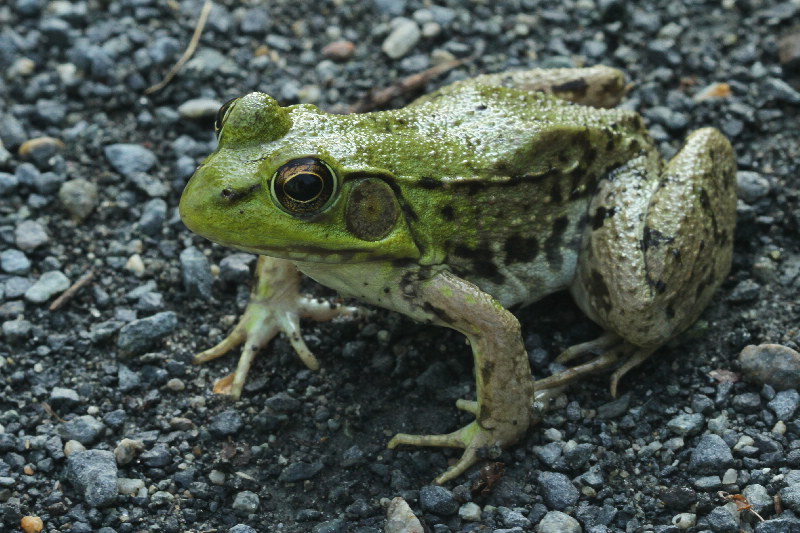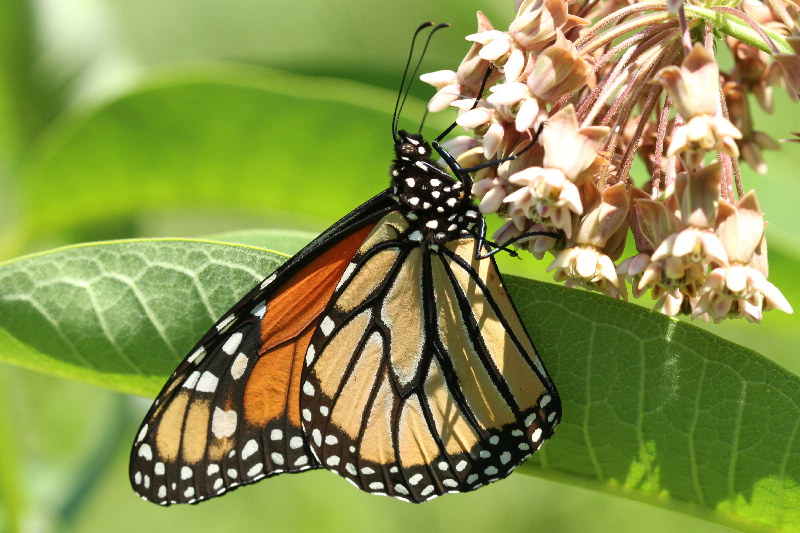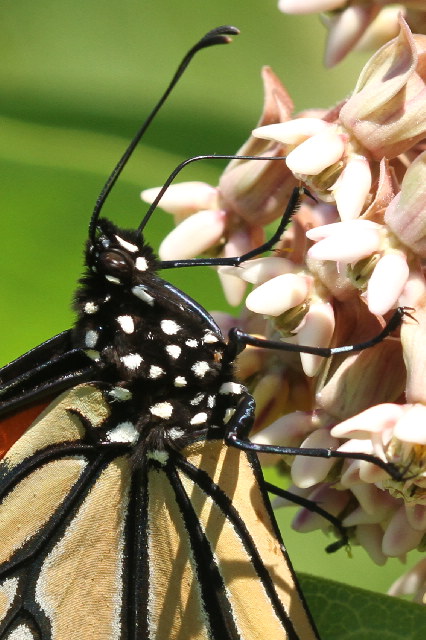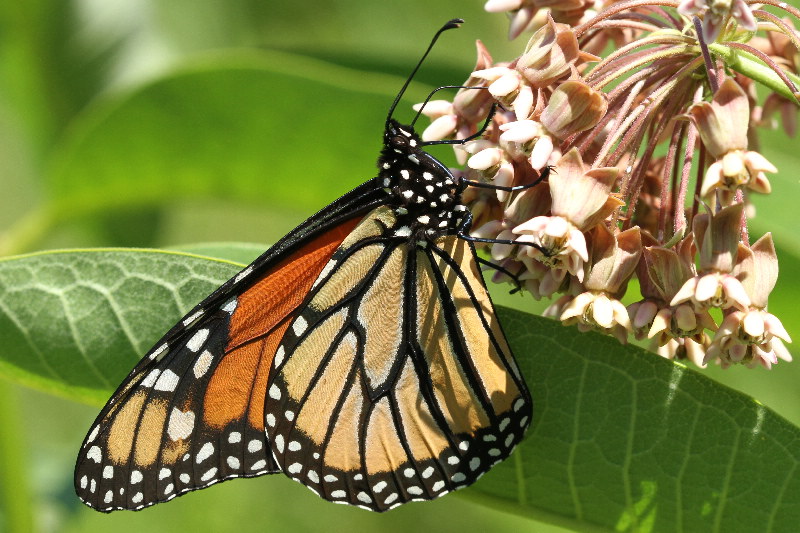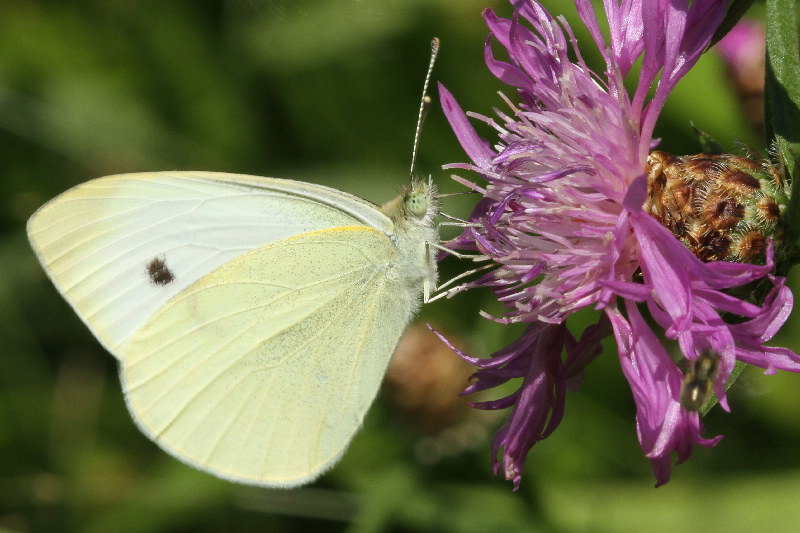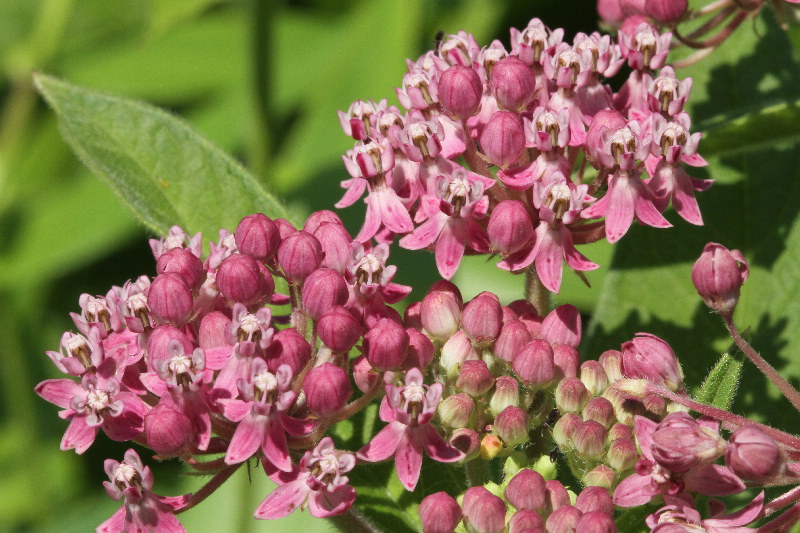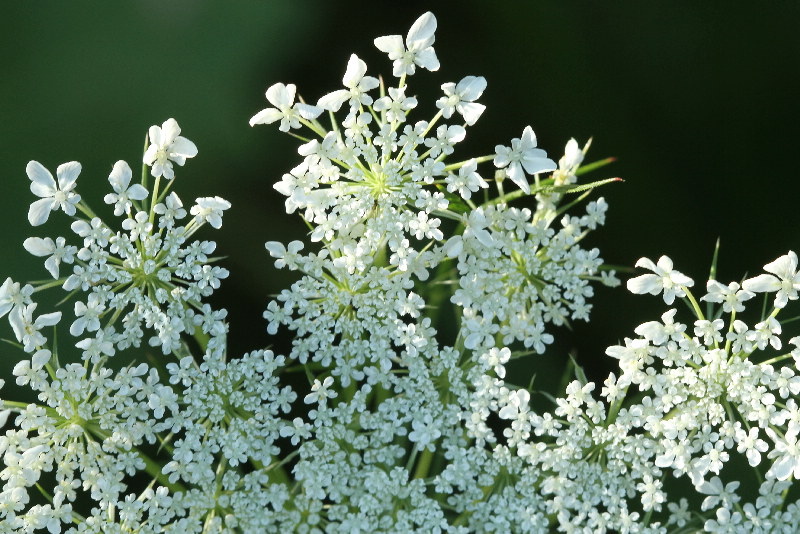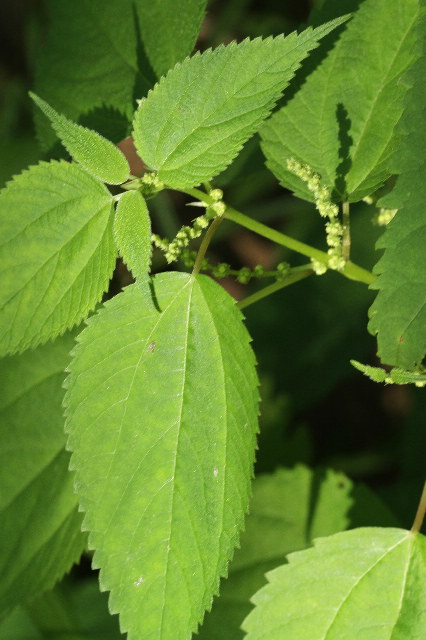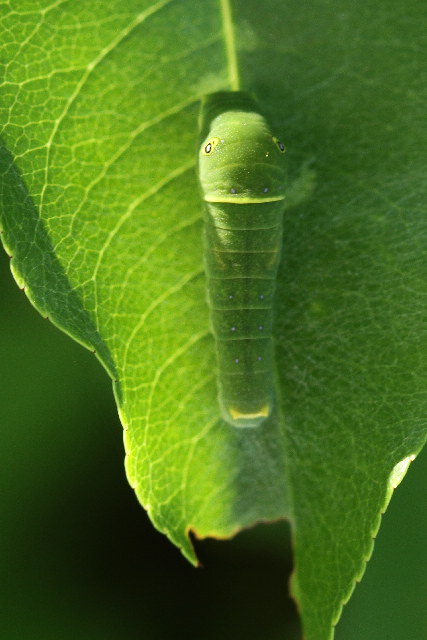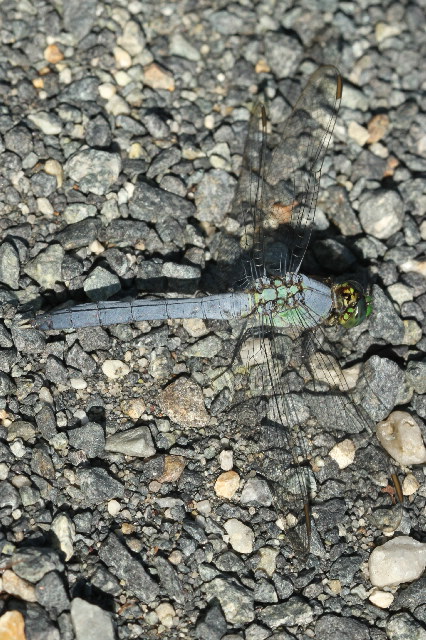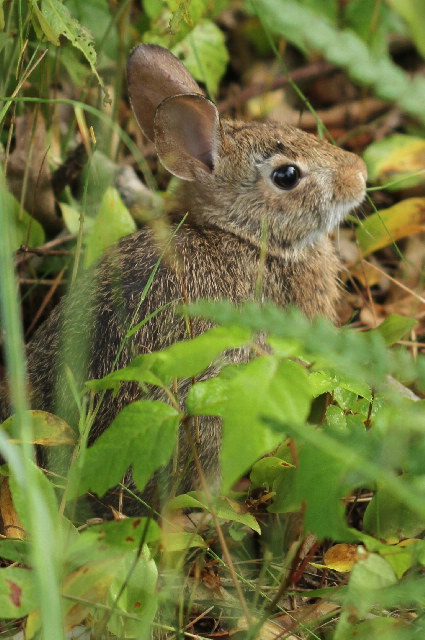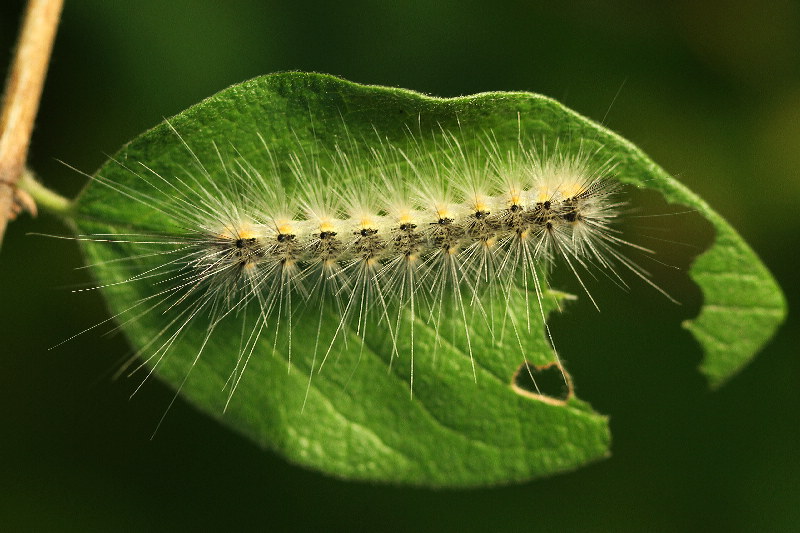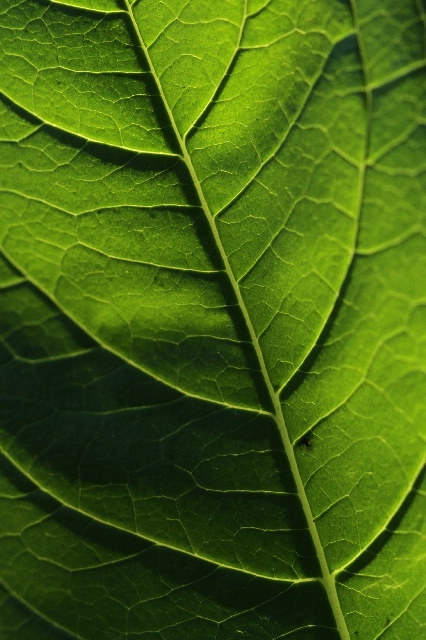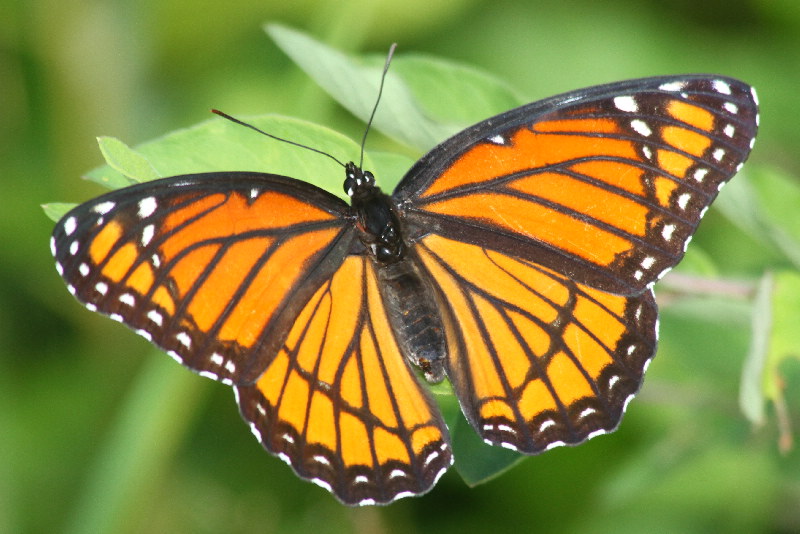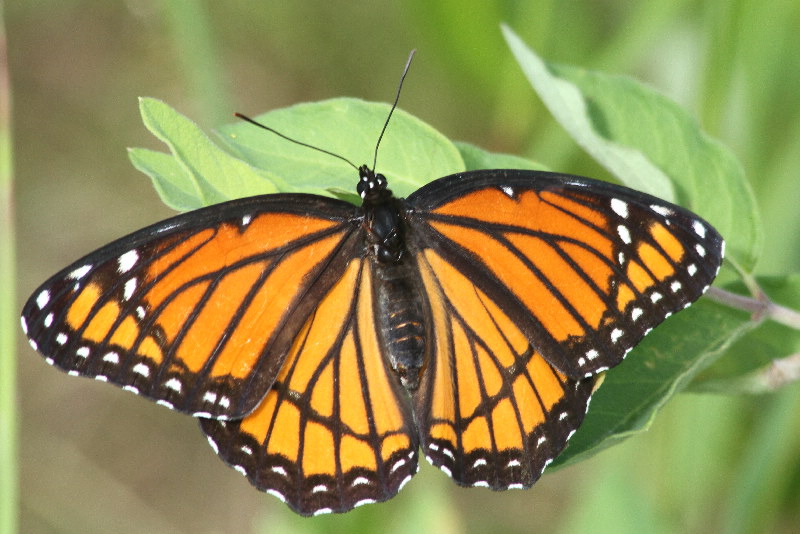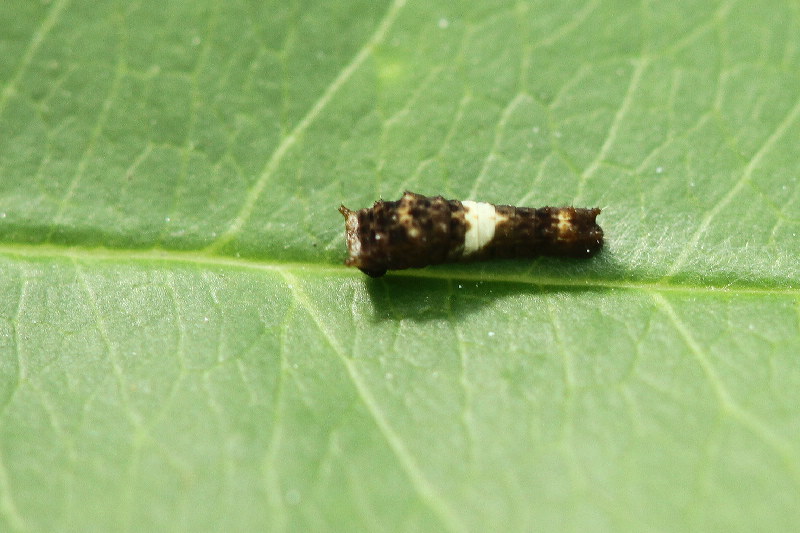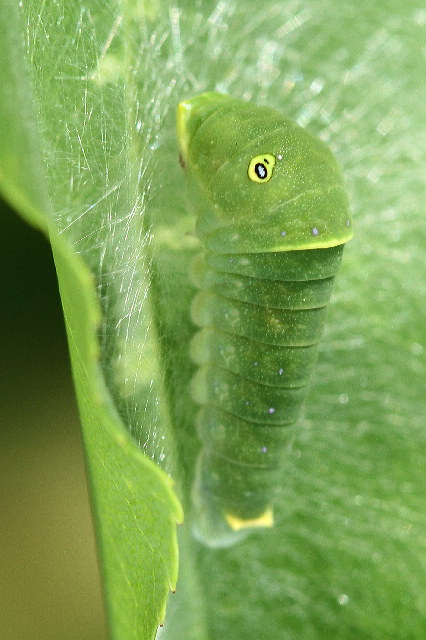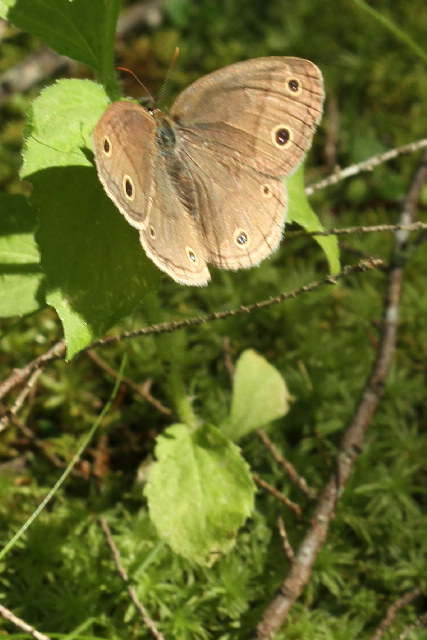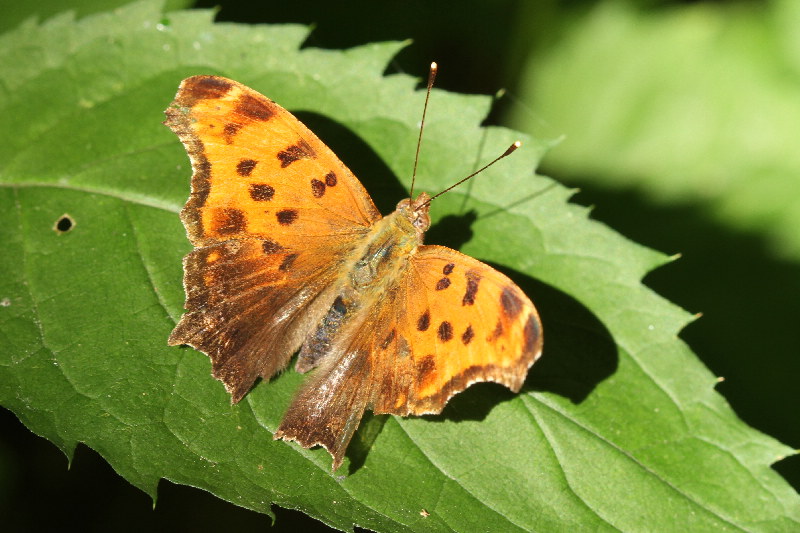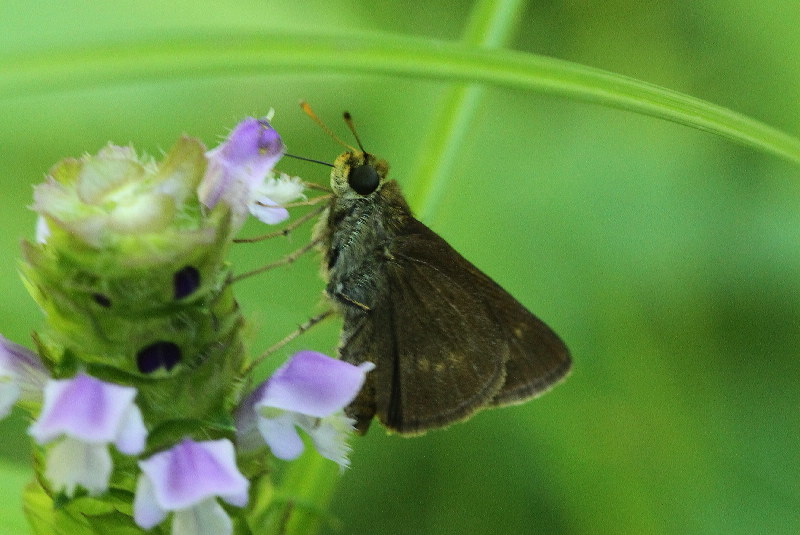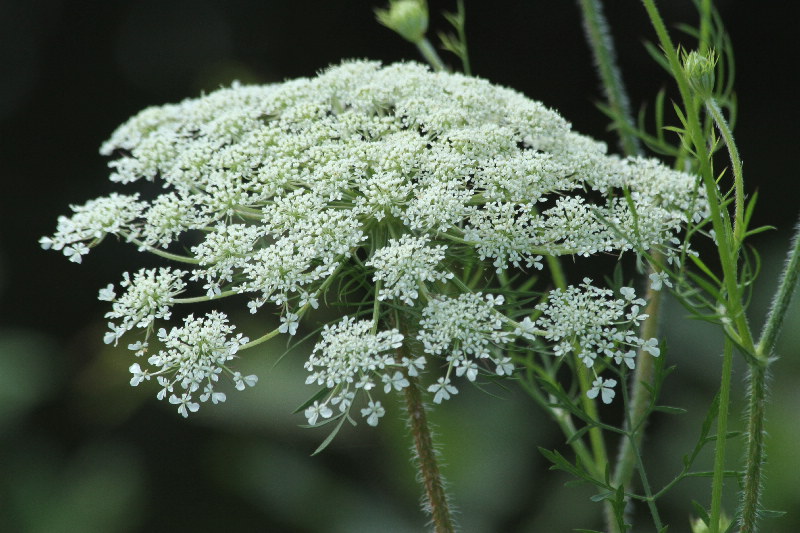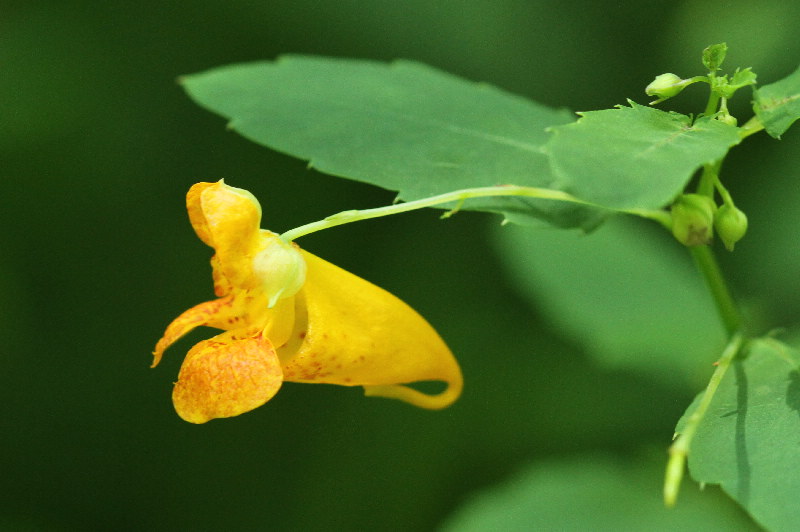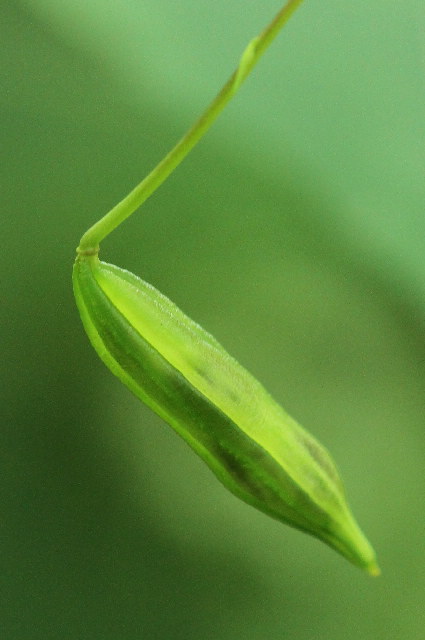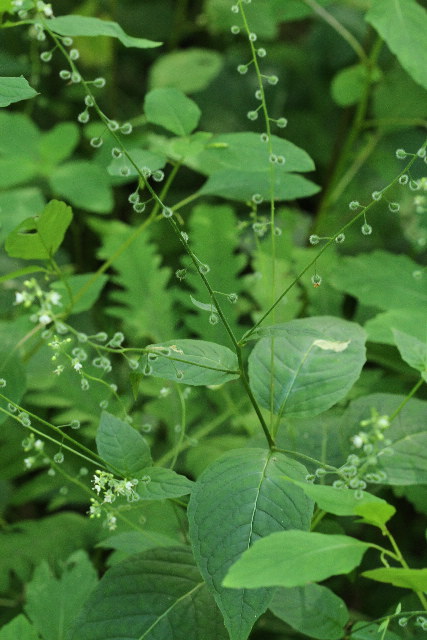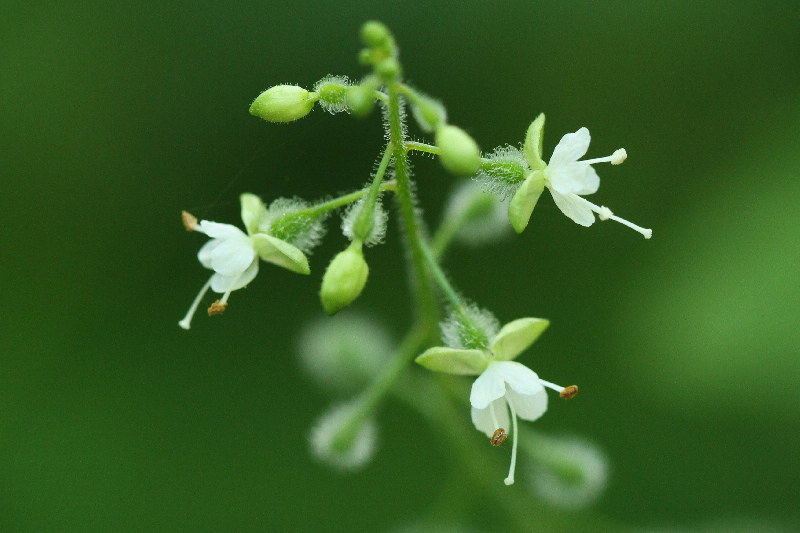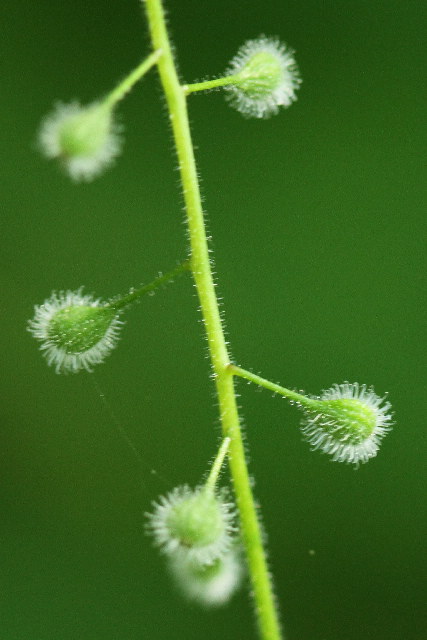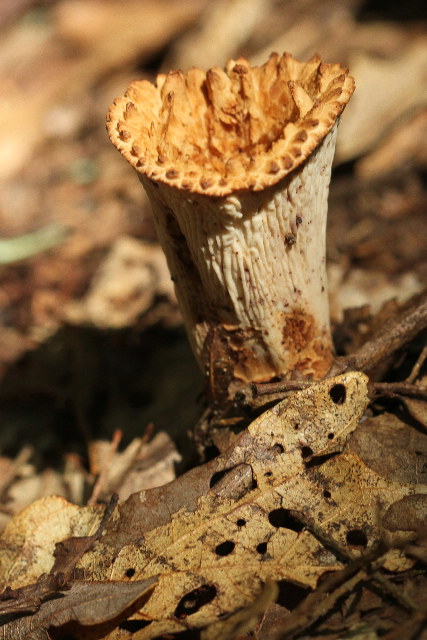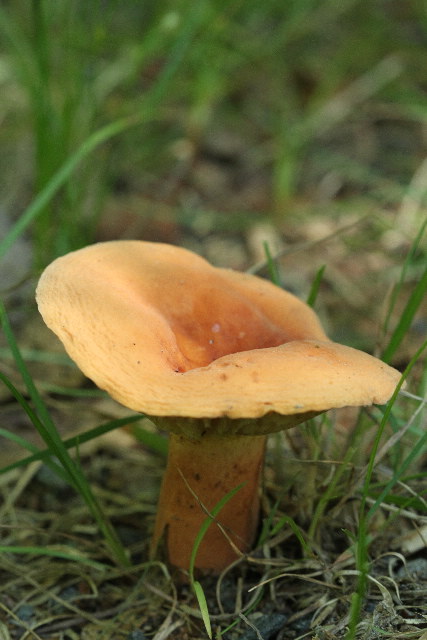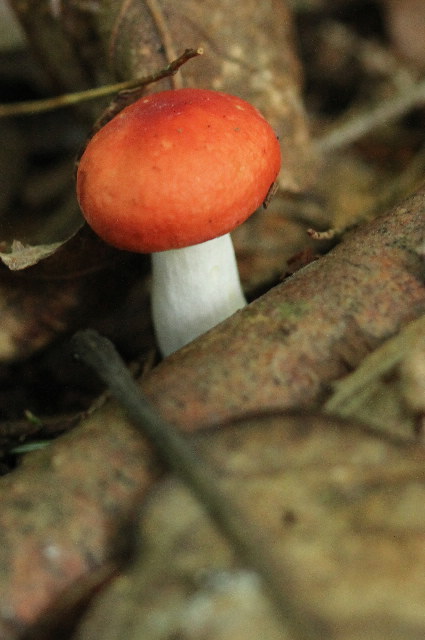Along the Air Line... 2011 - Summer, Part 4 The Air Line Trail in Eastern Connecticut - Stan Malcolm Photos |
mHome Page Stan's FlickR Albums |
July 7th (continued). A late morning walk on the Colchester Spur. Green Frogs (Rana clamitans) in a trailside ditch. |
|
A Bolete. |
Amanita sp. |
Jewelweed or Spotted Touch-me-not (Impatiens capensis). |
|
I came to the Colchester Spur looking for the Orchid I saw on June 30th. It has been mown. However, I found two more specimens. It's Helleborine (Epipactis helleborine) and it has just begun to open its buds. |
It should be in full bloom a week from now (if it too isn't mown). |
|
Back to the Raymond Brook Marsh area for Spotted Wintergreen (Chimaphila maculata). |
|
|
Horse Nettle (Solanum carolinense) is a tomato relative. Sometimes the flowers are pale blue. |
Other than the flowers, the defining characteristic is the pricky stems. |
Close up view of a Great-spangled Fritillary (Speyeria cybele)... |
...intently feeding on dung. |
July 8th. An polymerous ornamental Day Lily (Cultivar of Hemerocallis fulva). Pretty, but out of place in Raymond Brook Marsh. |
Probably a Viceroy butterfly (Limenitis archippus) caterpillar, feeding on Cherry. Note that Red-spotted Purple butterfly (Limenitis arthemis astyanax) caterpillars are nearly identical, so my ID is tentative. From a distance, a very plausible bird poop mimic. |
|
July 9th. The Limenitis sp. caterpillar got through yesterday's several inches of rain and was feeding this morning. |
A large Katydid nymph (Family Tettigoiniidae). After the next molt, it will be an adult male able to sing. |
A Tent Caterpillar (Malacosoma sp.) egg mass on Cherry, a favored food plant. If undisturbed, the eggs would hatch early next spring. |
Queen Anne's Lace (Daucus carota) just starting to flower. |
A Green Frog (Rana clamitans). |
A brief stop at Cranberry Bog in East Hampton. Monarch (Danaus plexippus). |
|
|
European Cabbage Butterfly (Pieris rapae). |
A unidentified Skipper (Family Hesperididae; probably a Little Glassywing, Pompeius verna) on Milkweed. |
Swamp Milkweed (Asclepias incarnata). |
Back to Raymond Brook Marsh in late afternoon. |
Close up. |
False Nettle (Boehmeria cylindrica). A close relative of Stinging Nettle, this species lacks stinging hairs on the leaves or stems. |
Fringed Loosestrife (Lysimachia ciliata). |
The first Tiger Swallowtail caterpillar has disappeared, presumably to wander, then settle down and transform into a chrysalis. However, I spotted another, smaller caterpillar on the next cherry shrub to the west. |
Except for the body shadow, this male Common Pondhawk (Erythemis simplicicollis) is nearly invisible against the trail's stone dust surface. |
July 10th. A young Eastern Cottontail (Sylvilagus floridanus). |
Fall Webworm (Hyphantria cunea) feeding on Morrow's Honeysuckle. Known for feeding communally inside silk webs spun over the tips of branches in late summer and fall, this mature larva and another were solitary and exposed. (What's going on here?) |
A backlit leaf of Poke Milkweed. |
An afternoon walk covering Raymond Brook Marsh to Judd Brook. This is the Monarch mimic, the Viceroy butterfly (Liminitis archippus). |
|
This is a first instar Tiger Swallowtail caterpillar on Cherry. Another bird poop mimic. |
In a couple of weeks and a couple of molts, that bird poop Tiger Swallowtail caterpillar will look like this. |
A Little Wood-Satyr (Megisto cymela). |
A rather bedraggled Question Mark (Polygonia interrogationis). |
A Little Glassywing skipper (Pompeius verna) on Self-heal. |
Still trying for a perfect shot of Queen Anne's Lace (Daucus carota). Not there yet. |
Jewelweed or Touch-me-not (Impatiens biflora)... |
...gets its name from the seed pods... |
...which spring open at the slightest touch, throwing seeds far and wide. |
This nondescript plant has a fancy name, a story, and a trick. The name is Enchanter's Nightshade (Circaea lutetiana) and the enchanter was the Greek mythological figure, Circe from which the generic name derives. She was said to have devised potions from this plant or a similar species. |
The flowers are hardly noticable, but... |
...the seeds stick with you, being covered with velcro-like hooks. That's the trick. |
Chantarelles were mushrooms I saw most frequently today. |
|
|
Finally, there was this mushroom, probably Russula sp.; maybe Russula emetica. |

